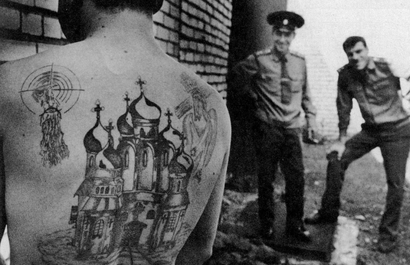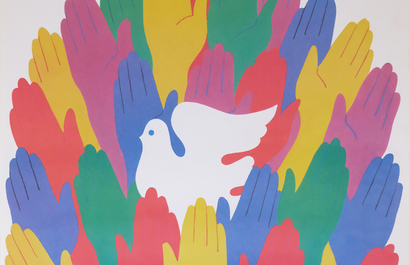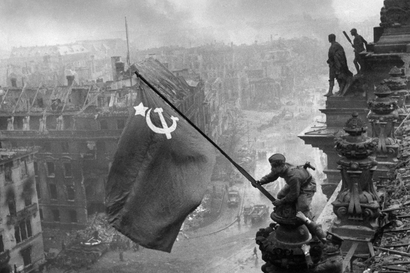Art against Authority: The Glass Harmonica

In the shadow of the Cold War, fear and mistrust permeated almost every aspect of Soviet life. Art was stifled, replaced by didactic Socialist Realism, but animated films emerged as a space for creativity and rebellion.
Andrei Khrzhanovsky's 1968 film, "The Glass Harmonica," set in a world of cold, grey architecture reminiscent of Giorgio de Chirico's surreal style, introduces a musician who brings a magical glass harmonica to a town plagued by bureaucracy and corruption. The inhabitants, under the influence of a villain resembling Magritte's "Man in a Bowler Hat," are immune to the musician's art. Their love of money distorts them into grotesque beasts.
The musician's glass harmonica is shattered by the man-in-black, and he is taken away. Yet, his melodies introduce new ideas in the form of a red carnation. The carnation withers but is found by a young child who listened to the melodies. In his hand, the carnation turns red again. The child leaves town, only to return as an adult, playing a glass harmonica. The man-in-black shatters the instrument again, but this time thousands of carnations fly around, banishing the man-in-black and fighting his corrupt power. The dreary world blossoms, and the town's inhabitants transform into figures resembling the height of civilisation, love, and art, echoing paintings by great masters like Hieronymus Bosch and Albrecht Dürer.

Ironically, this film about censorship became the only censored Soviet animation in the USSR. Its message of beauty as humanity's moral compass and the challenging surrealist imagery proved too challenging for the state. Its controversial portrayal of the relationship between governmental authority and the artist also led to its ban. Director Andrei Khrzhanovsky was told that the film had an "uncontrolled undertone," and the only finished copy was destroyed, "chopped up like cabbage." An edited version, however, was hidden away in the director’s safe.
"The Glass Harmonica" is more than a film; it's a mirror reflecting an era marked by repression, rebellion, and artistic innovation. The story of its creation and suppression resonates as a poignant testament to the enduring power of art in the face of adversity, capturing the essence of a time when art dared to rebel against the constraints of the Soviet state. Watch the film here.






